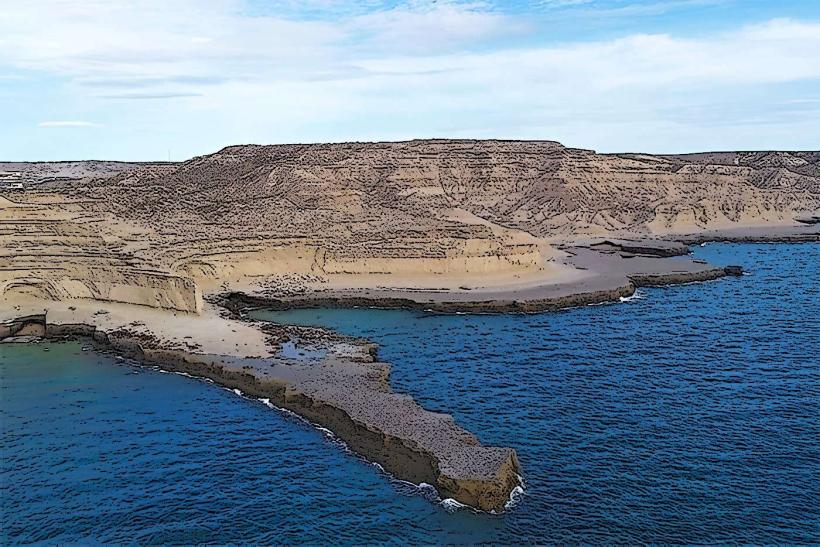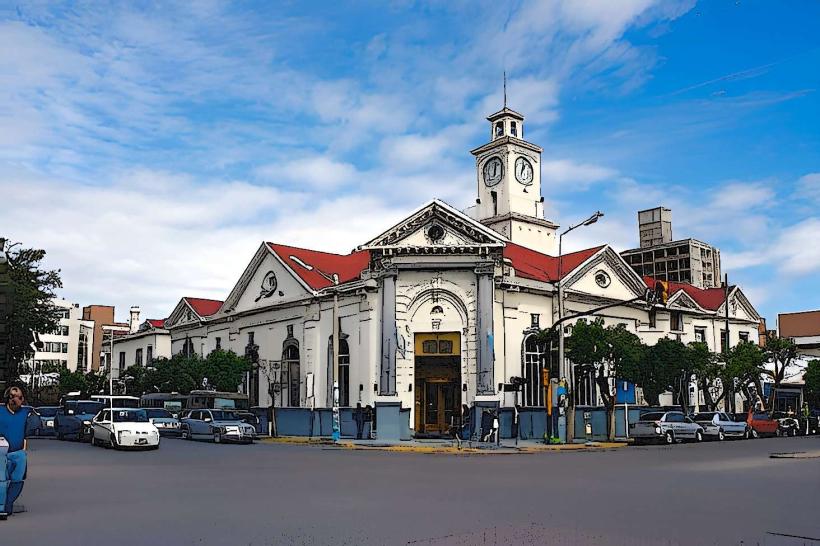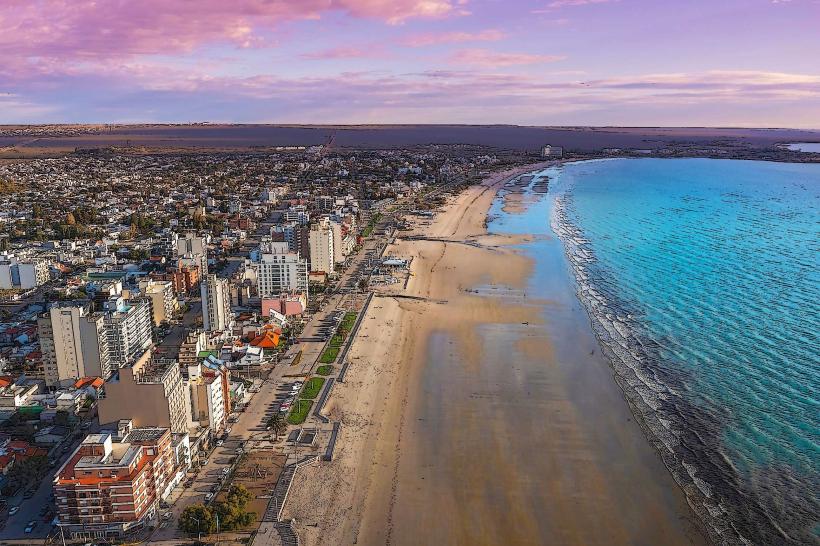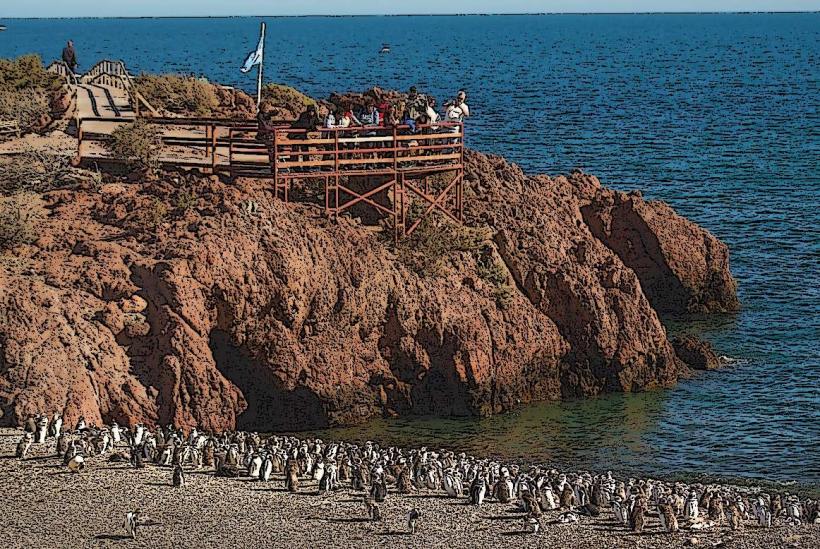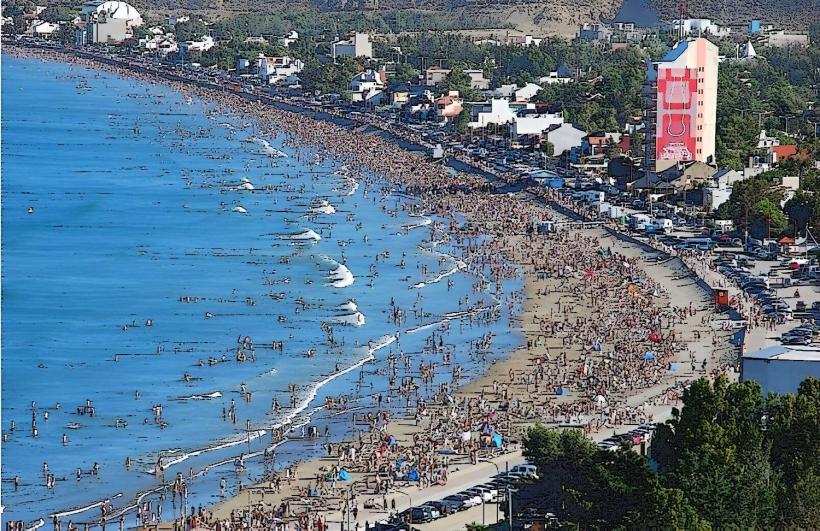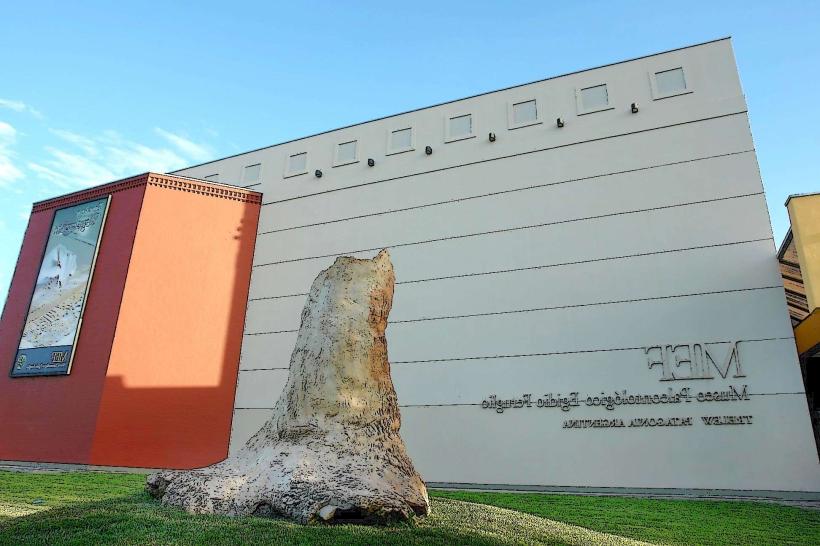Information
City: ChubutCountry: Argentina
Continent: South America
Chubut, Argentina, South America
Overview
Chubut is a province in Argentina’s Patagonia, stretching across the far south where winds sweep over wide, empty plains, therefore the province boasts jagged cliffs, wild shorelines, abundant wildlife, and a deep past, its culture shaped by a strong Welsh heritage, generally Chubut is a key player in agriculture, fishing, tourism, and energy, from its fertile valleys to the wind farms that hum along the coast, to boot chubut sits between Neuquén and Río Negro in the north, Santa Cruz in the south, the South Atlantic’s windy coast to the east, and Chile’s mountains to the west.Not surprisingly, Rawson is the capital, and the sea breeze there carries the scent of salt; Trelew and Comodoro Rivadavia are also key cities in the province, to boot chubut became a province in 1955, yet its story stretches back to the mid-1800s, when Welsh settlers arrived and planted their first crops along the riverbanks.Welsh settlers helped shape the province’s growth, especially in the central and southern regions where their farms dotted the rolling hills, while chubut is home to about 600,000 people, most of them settled along the province’s eastern side in cities like Trelew, Comodoro Rivadavia, and Puerto Madryn, where the wind often carries the salty scent of the coast.The province is home to Welsh descendants, Mapuche communities, and immigrants from Italy, Spain, and other parts of Europe, where the scent of fresh bread still drifts from classical family bakeries, not only that chubut’s economy is a mix of oil and gas, fishing, farming, and tourism, with oil rigs and gas fields making it one of Argentina’s top energy producers.The province holds vast reserves in the Golfo San Jorge Basin, and Comodoro Rivadavia bustles as a key hub for oil production, its skyline dotted with pumpjacks, subsequently for decades, the oil industry has fueled the local economy, from the hum of drilling rigs to paychecks that keep neighborhood shops alive.Fishing: Thanks to its long stretch of Atlantic coastline teeming with silver flashes of mackerel, the province’s fishing industry is alive and booming, therefore puerto Madryn ranks among the key ports for seafood exports, sending out shrimp, squid, and fresh-caught fish.Agriculture and livestock thrive in Chubut, where vast flocks of sheep graze on windswept plains, producing the region’s prized wool, while patagonian lamb is another key product, loved for its tender, melt-in-your-mouth meat and a flavor you won’t find anywhere else.The Central Valley also grows fruit, with apples and pears ripening under the steady irrigation of the Chubut River, what’s more tourism: Chubut draws visitors from around the world, especially those eager to spot whales, trek along rugged trails, and experience its wild, untouched landscapes.The province is known for its sweeping beaches, wild coastline, and the national parks where you might spot an eagle circling overhead, in conjunction with puerto Madryn is especially famous for whale-watching-you might spot a tail slicing through the water-while El Calafate and Los Glaciares National Park draw travelers eager to observe towering glaciers and rugged mountain scenery.Chubut’s rich cultural heritage weaves together Welsh traditions, indigenous roots, and European influence; in the 1860s, Welsh settlers arrived in the Chubut Valley, determined to build a Welsh-speaking community, and planted gardens that reminded them of home, what’s more they founded towns like Trelew and Gaiman, where you can still hear Welsh spoken in cafés and detect the culture thriving in Argentina.You can perceive Welsh heritage in the stone cottages, hear it in the lilting language, and feel it in the region’s enduring customs, also chubut is actually one of the rare spots beyond Wales where you’ll still hear Welsh-sometimes even in a miniature café on a windy street.From what I can see, Mapuche and Indigenous Peoples: The Mapuche have lived in this land for centuries, and you can still hear their language in village markets and observe their traditions woven into daily life, on top of that the Mapuche once lived by raising livestock and hunting across the land, and in Chubut today, you can still find villages where smoke from cooking fires drifts into the chilly air.In Chubut, the Welsh-Argentine community keeps its traditions alive with lively cultural festivals, from the Eisteddfod-a spirited celebration of music, poetry, and dance-to Trelew’s Welsh Week, where you might hear a harp’s shining notes while sampling tea and homemade bara brith, also chubut is famous for its stunning scenery, from windswept beaches and glittering glaciers to vast wildlife reserves and sprawling national parks.The province brims with outdoor adventures for visitors, from hiking windswept trails to exploring Peninsula Valdés on the Atlantic Coast-a UNESCO World Heritage site where sea lions bask on sunlit rocks and whales surface just offshore, as well as this spot ranks among the world’s best for whale watching, especially when the Southern Right Whales glide into the bay during their migration.You can spot sea lions basking on the rocks, watch penguins shuffle along the shore, and catch orcas slicing through the waves, in turn the region’s a favorite for birdwatchers, where you might spot a flash of vivid wings, and it draws plenty of ecotourists too.Puerto Madryn, a breezy coastal city, serves as the gateway to Peninsula Valdés and draws visitors for whale-watching, scuba diving, kayaking, and wild encounters with sea lions, simultaneously in Puerto Madryn, you’ll find wide, golden beaches and plenty of ways to get out on the water, from kayaking to windsurfing.Chubut holds a slice of the famed Los Glaciares National Park, where massive blue-white glaciers tower and crack in the icy air, along with the Perito Moreno Glacier is a must-witness, where you can crunch across its icy surface or glide past towering blue walls on a boat.The park’s trails wind through pine-scented air and lead to rugged peaks, perfect for hiking or a challenging climb, to boot trekking and hiking in Chubut lead you through stunning Andean scenery, with trails winding past shadowy forests, wide valleys, and the brilliant blue edge of a glacier, slightly Los Alerces National Park is perfect for hiking rugged trails, pitching a tent under the pines, and watching sunlight ripple across its clear mountain lakes, also la Trochita, a historic narrow-gauge train, winds across the wind-swept Patagonian desert, earning its nickname-the historic Patagonian Express.Mind you, The train winds through Chubut’s far-off valleys, giving you a rare chance to glimpse its rugged hills and wind-scoured plains up close, equally important sierra de los Andes: In the province’s west, the rugged Andes rise with snow-dusted peaks, ideal for skiing, snowboarding, or trekking along winding mountain trails.Not surprisingly, The region’s famous for its clear blue lakes and steaming boiling springs, what’s more cuisine Chubut draws on its Patagonian and Welsh roots, serving hearty plates of meat, rich dairy, and fresh seafood; tender Cordero Patagónico-deliberate-roasted lamb-is a local favorite.Traditionally, it’s cooked over an open fire or spun slowly on a rotisserie, the meat turning juicy and tender with a smoky aroma, at the same time welsh Cake (Pice ar y Maen): This classic treat from Wales blends flour, sugar, butter, and plump raisins, then cooks on a boiling griddle until golden.In Chubut’s Welsh communities, this treat is a local favorite-often found on crowded bakery shelves beside warm loaves of bara brith, simultaneously thanks to its long coastline, Chubut serves up outstanding seafood-sweet pink shrimp, tender squid, and fresh-caught fish pulled straight from the crisp Atlantic, a little I think, People also prize crab and sea urchin, especially for the sweet meat tucked inside their shells, furthermore teas and Pastries: In Chubut, afternoon tea is a cherished Welsh tradition, with locals savoring it alongside crumbly cakes and buttery biscuits.Chubut Wines: In the heart of the Chubut River’s central valley, vineyards stretch under crisp Patagonian skies, yielding Malbec, Pinot Noir, and Cabernet Sauvignon, then in Chubut, the lively beat of drums and the scent of grilled meat fill the air during festivals that honor its rich cultural heritage, like the Fiesta Nacional del.
Author: Tourist Landmarks
Date: 2025-10-29
Landmarks in chubut

